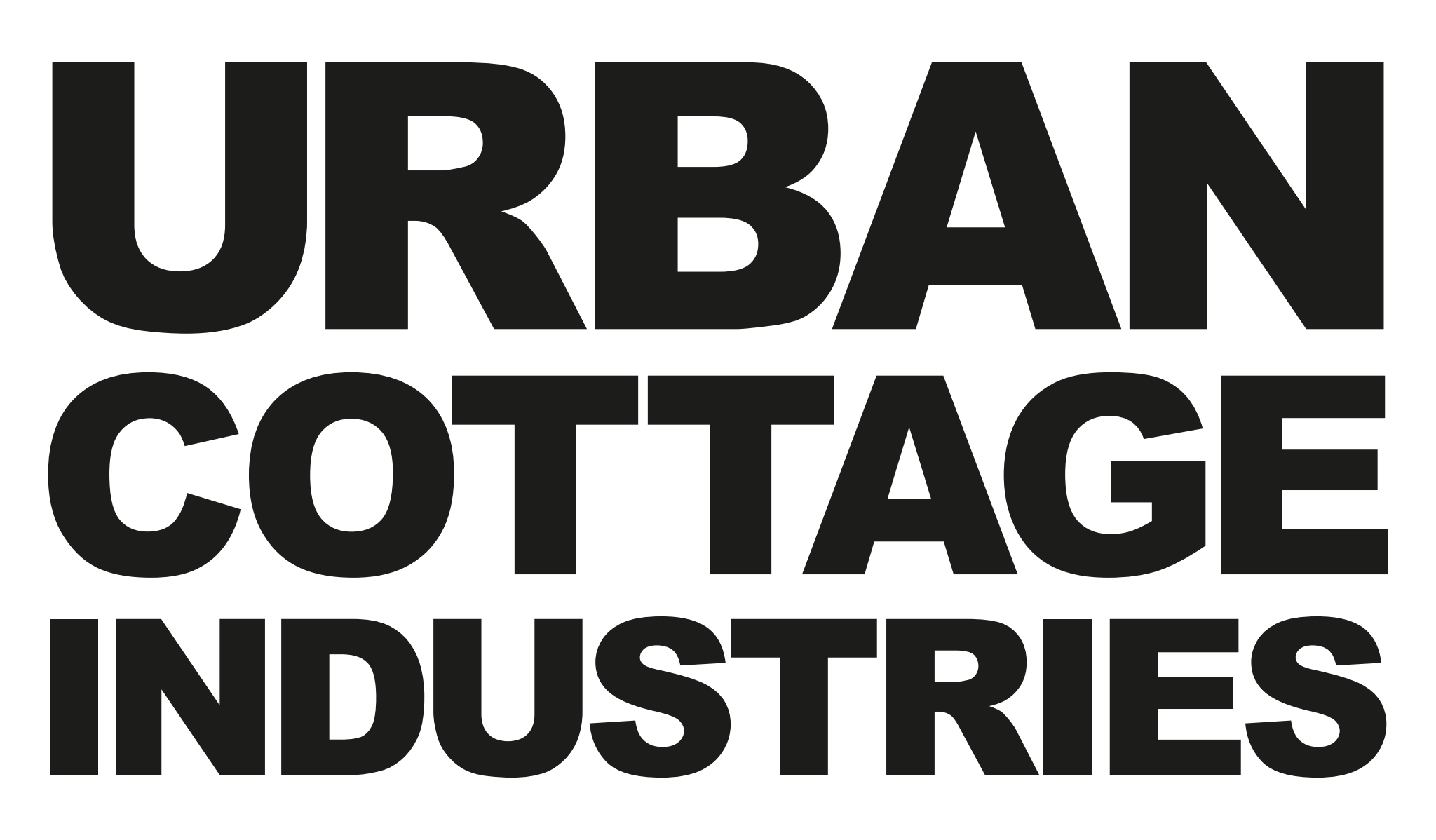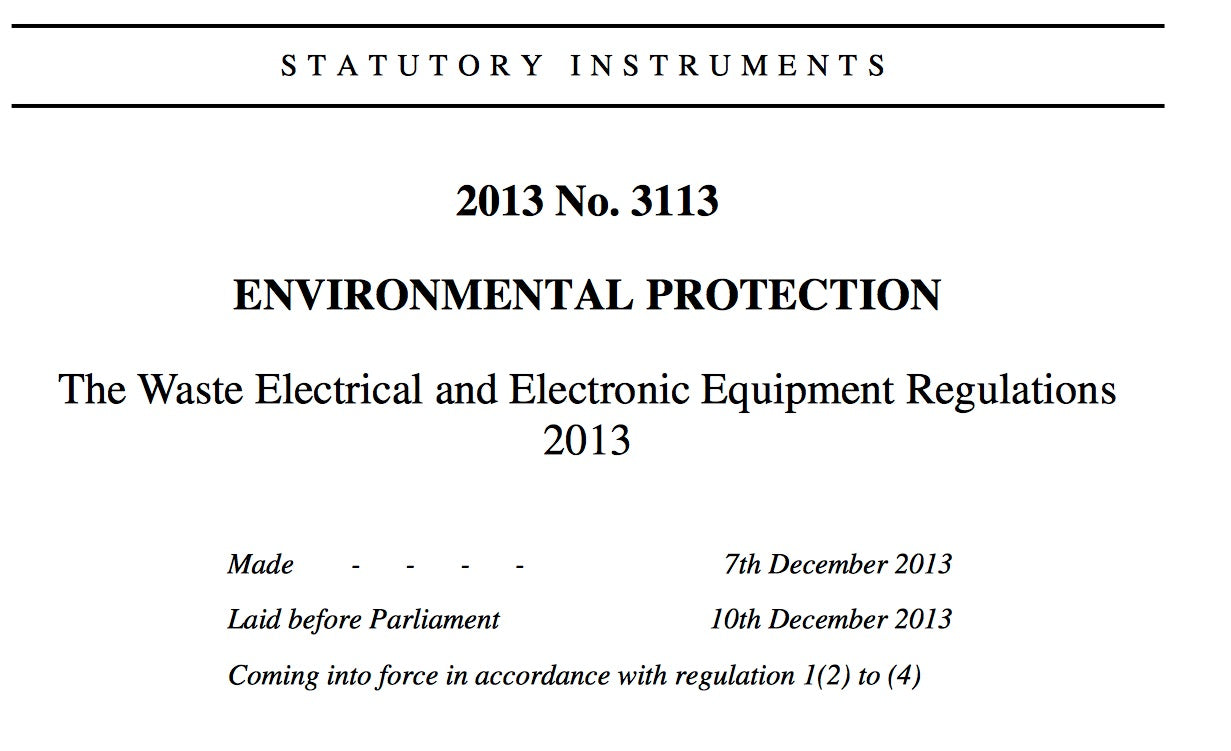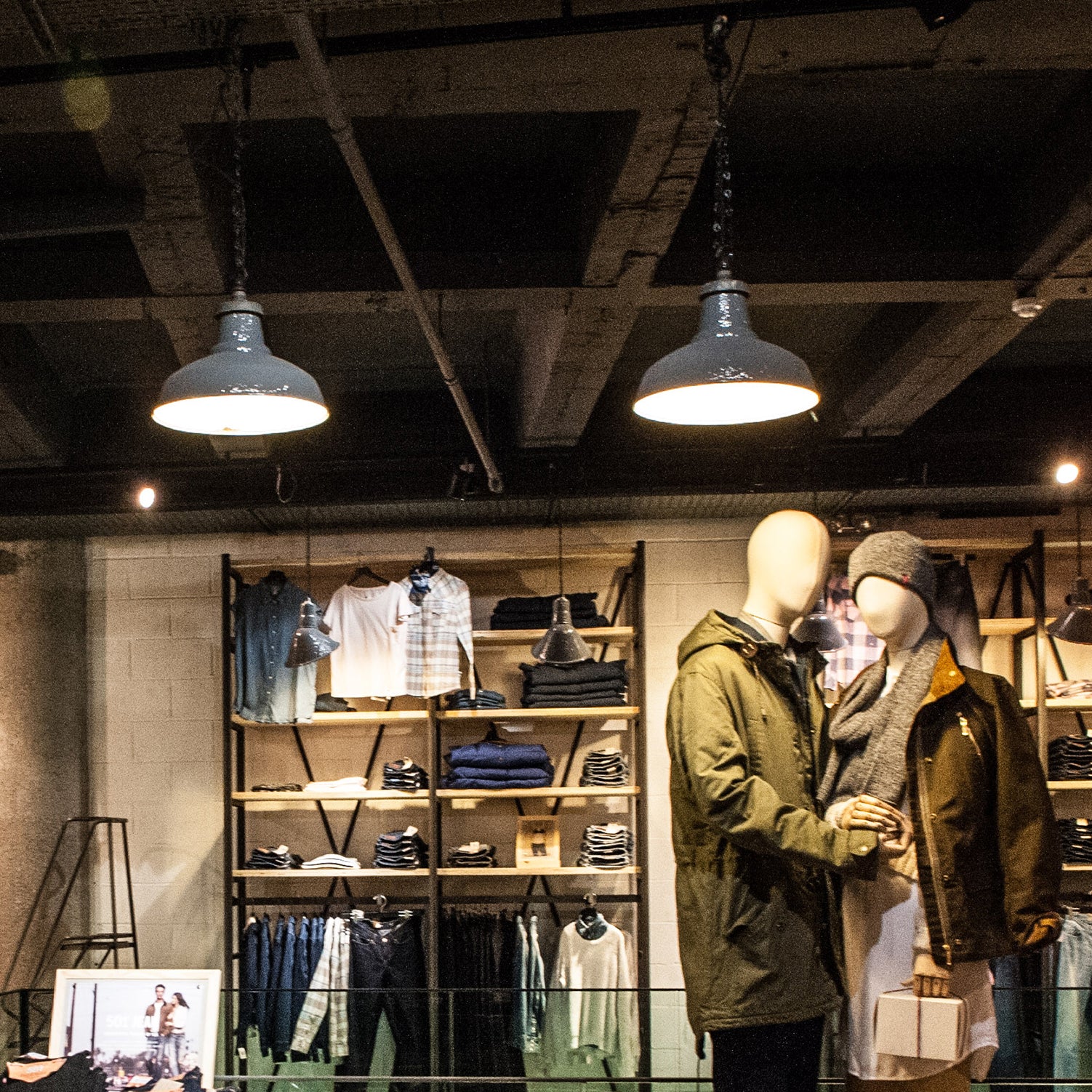The scope of the regulatory regime covering waste electrical and electronic equipment (WEEE) has widened over the last few years and is set to become more comprehensive. Here's a quick overview of the key principles and how Factorylux meets its obligations in relation to WEEE.

 The key principle in relation to WEEE is that producers are responsible for the collection, treatment, recovery and environmentally sound disposal of WEEE. The 'producer responsibility' principle ensures those taking the benefit of EEE sales bear the costs of collection and disposal of WEEE. The principle should also encourage producers to design products which are durable and easy to recycle. 'Producer responsibility' applies irrespective of distribution channel - those using distance or electronic selling do not avoid their responsibilities by not having shops or premises at which consumers can return WEEE.
The definitions of 'Producer' and 'Distributor' are in Regulation 2. While the definition of Producer is complex, there is no doubt that Factorylux is both a Producer and Distributor in that it markets and sells EEE under its own trademark. The Regulations require Producers to join a Producer Compliance Scheme (PCS) and Distributors are required to either: join the distributor take-back scheme operated by ValPak Retail WEEE Services; offer in-store-take-back or provide an alternative accessible free take-back service.
Because Factorylux produces fewer than 5 tonnes a year of EEE, it is designated as a 'Small Producer'. Although joining a PCS is optional as a Small Producer, Factorylux has joined the Recolight scheme because:
The key principle in relation to WEEE is that producers are responsible for the collection, treatment, recovery and environmentally sound disposal of WEEE. The 'producer responsibility' principle ensures those taking the benefit of EEE sales bear the costs of collection and disposal of WEEE. The principle should also encourage producers to design products which are durable and easy to recycle. 'Producer responsibility' applies irrespective of distribution channel - those using distance or electronic selling do not avoid their responsibilities by not having shops or premises at which consumers can return WEEE.
The definitions of 'Producer' and 'Distributor' are in Regulation 2. While the definition of Producer is complex, there is no doubt that Factorylux is both a Producer and Distributor in that it markets and sells EEE under its own trademark. The Regulations require Producers to join a Producer Compliance Scheme (PCS) and Distributors are required to either: join the distributor take-back scheme operated by ValPak Retail WEEE Services; offer in-store-take-back or provide an alternative accessible free take-back service.
Because Factorylux produces fewer than 5 tonnes a year of EEE, it is designated as a 'Small Producer'. Although joining a PCS is optional as a Small Producer, Factorylux has joined the Recolight scheme because:
Background
Electrical and electronic equipment (EEE) may contain hazardous chemicals including mercury, cadmium, lead and various complex organic chemicals. The last few decades have seen huge increases in the adoption and production of EEE and rapid technological advances have led to shorter replacement cycles for many items. The WEEE regulatory regime has been put in place to encourage sustainable production and consumption of EEE and safe recycling and disposal of WEEE. It's clearly in everyone's interests to have a separate 'waste stream' for WEEE and an effective system for protecting human health and the environment from the dangers posed. The first European Directive on WEEE was in 2002 and the scope of the law has grown significantly since. The current UK law is the WEEE Regulations 2013 which implement the EU Directive 2012/19/EU. The UK Regulations came into force on 1 January 2014 and their scope widens significantly in 2018.What products are EEE and what is WEEE?
Most electrical and electronic equipment is covered. The categories in Schedule 1 of the Regulations are as follows and there's a full indicative list of products in Schedule 2 here.
- large household appliances, such as fridges, freezers, cookers etc
- small household appliances, such as vacuum cleaners, toasters etc
- IT and telecommunications equipment, such as desktops, laptops, printers, phones etc.
- consumer equipment and photovoltaic panels, such as radios, TVs, Hi-Fi equipment etc
- lighting equipment, such as conventional and compact fluorescent lamps, sodium lamps etc
- electrical and electronic tools, such as drills, saws, sewing machines etc.
- toys, leisure and sports equipment, such as train sets, handheld and console video games etc.
- medical devices, such as radiotherapy, cardiology and dialysis equipment etc.
- monitoring and control instruments, such as smoke detectors and thermostats
- automatic dispensers, such as tea making, vending and change machines
What obligations exist in relation to WEEE?
 The key principle in relation to WEEE is that producers are responsible for the collection, treatment, recovery and environmentally sound disposal of WEEE. The 'producer responsibility' principle ensures those taking the benefit of EEE sales bear the costs of collection and disposal of WEEE. The principle should also encourage producers to design products which are durable and easy to recycle. 'Producer responsibility' applies irrespective of distribution channel - those using distance or electronic selling do not avoid their responsibilities by not having shops or premises at which consumers can return WEEE.
The definitions of 'Producer' and 'Distributor' are in Regulation 2. While the definition of Producer is complex, there is no doubt that Factorylux is both a Producer and Distributor in that it markets and sells EEE under its own trademark. The Regulations require Producers to join a Producer Compliance Scheme (PCS) and Distributors are required to either: join the distributor take-back scheme operated by ValPak Retail WEEE Services; offer in-store-take-back or provide an alternative accessible free take-back service.
Because Factorylux produces fewer than 5 tonnes a year of EEE, it is designated as a 'Small Producer'. Although joining a PCS is optional as a Small Producer, Factorylux has joined the Recolight scheme because:
The key principle in relation to WEEE is that producers are responsible for the collection, treatment, recovery and environmentally sound disposal of WEEE. The 'producer responsibility' principle ensures those taking the benefit of EEE sales bear the costs of collection and disposal of WEEE. The principle should also encourage producers to design products which are durable and easy to recycle. 'Producer responsibility' applies irrespective of distribution channel - those using distance or electronic selling do not avoid their responsibilities by not having shops or premises at which consumers can return WEEE.
The definitions of 'Producer' and 'Distributor' are in Regulation 2. While the definition of Producer is complex, there is no doubt that Factorylux is both a Producer and Distributor in that it markets and sells EEE under its own trademark. The Regulations require Producers to join a Producer Compliance Scheme (PCS) and Distributors are required to either: join the distributor take-back scheme operated by ValPak Retail WEEE Services; offer in-store-take-back or provide an alternative accessible free take-back service.
Because Factorylux produces fewer than 5 tonnes a year of EEE, it is designated as a 'Small Producer'. Although joining a PCS is optional as a Small Producer, Factorylux has joined the Recolight scheme because:
- By joining Recolight, we help to fund thousands of free-to-use recycling points throughout the UK. Find them here.
- Recolight is not-for-profit, unlike the ValPak scheme, so excess payments are used to build reserves for future recycling, and not to pay out dividends.
- Recolight is highly effective - its members have recycled more lamps in total than any other UK scheme – over 30,000 tonnes since 2007 and 200 million lamps, which has prevented over 800kg of mercury from entering landfill.
- Recolight is committed to making recycling easier and extending recycling to additional categories of light fittings and fixtures using a more integrated approach to collection



Leave a comment
This site is protected by reCAPTCHA and the Google Privacy Policy and Terms of Service apply.